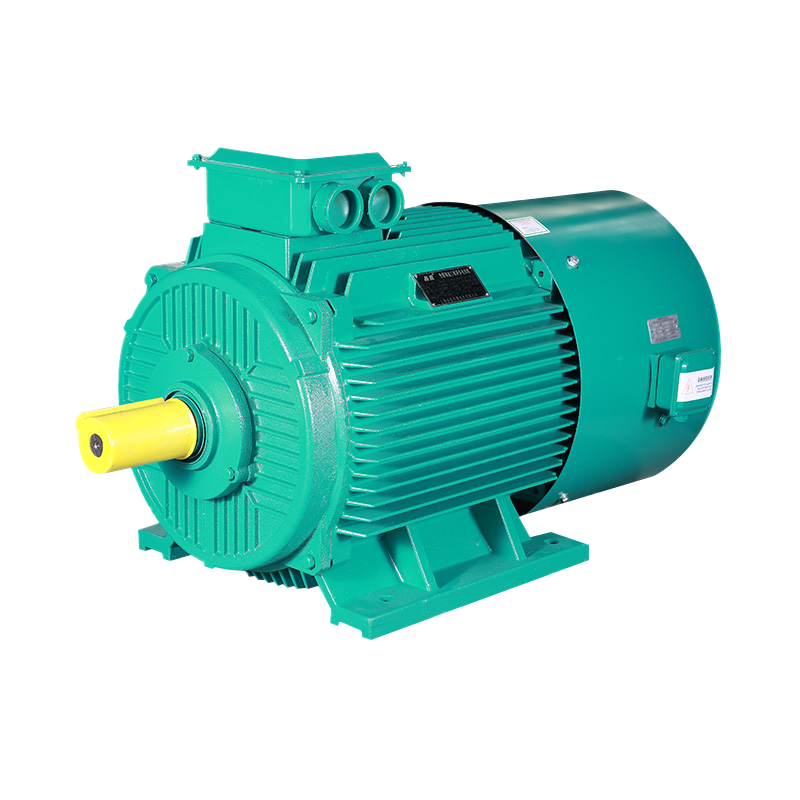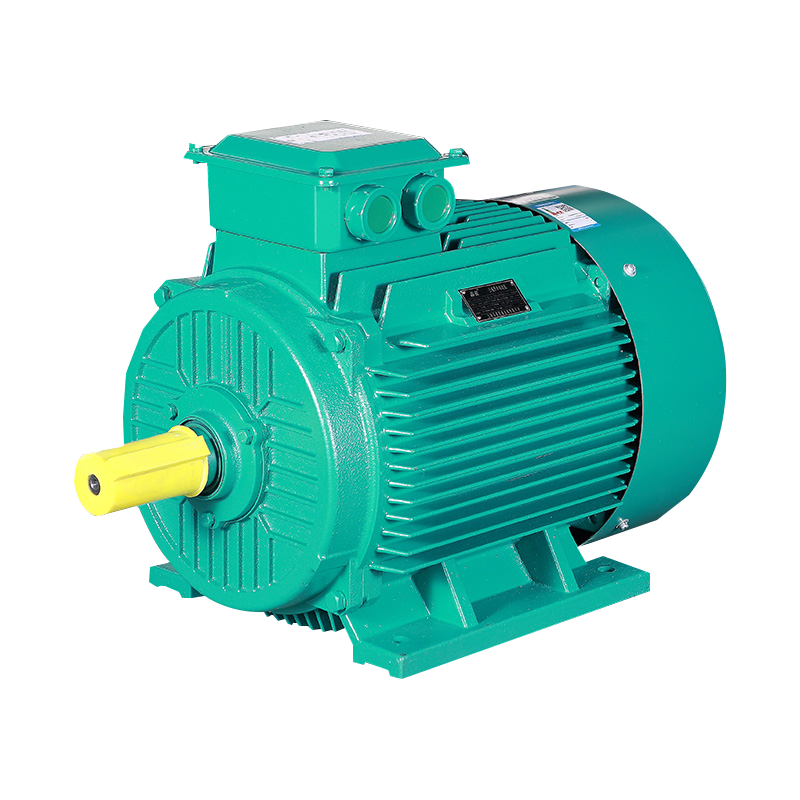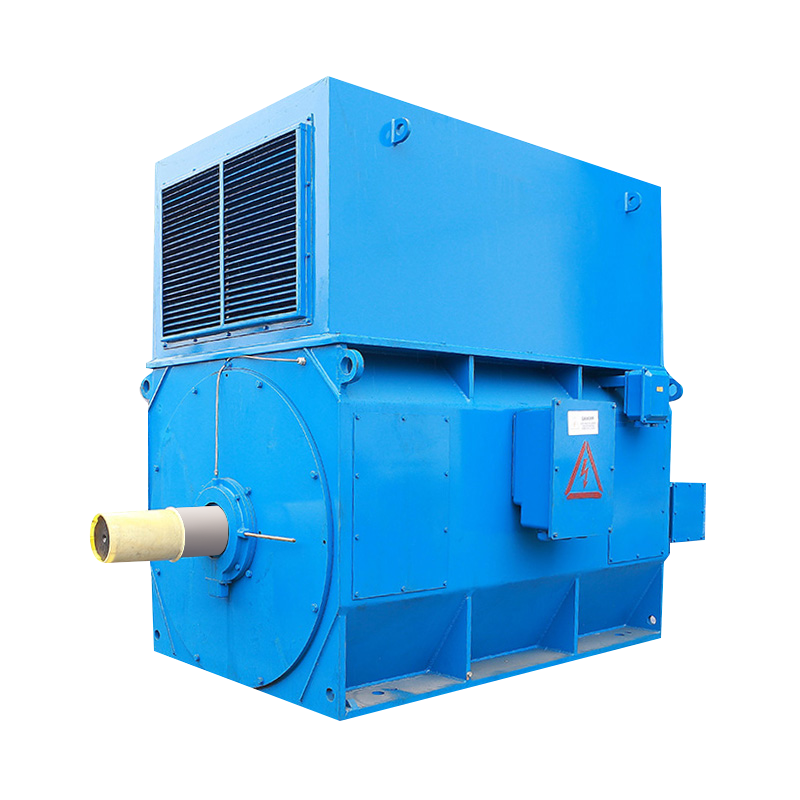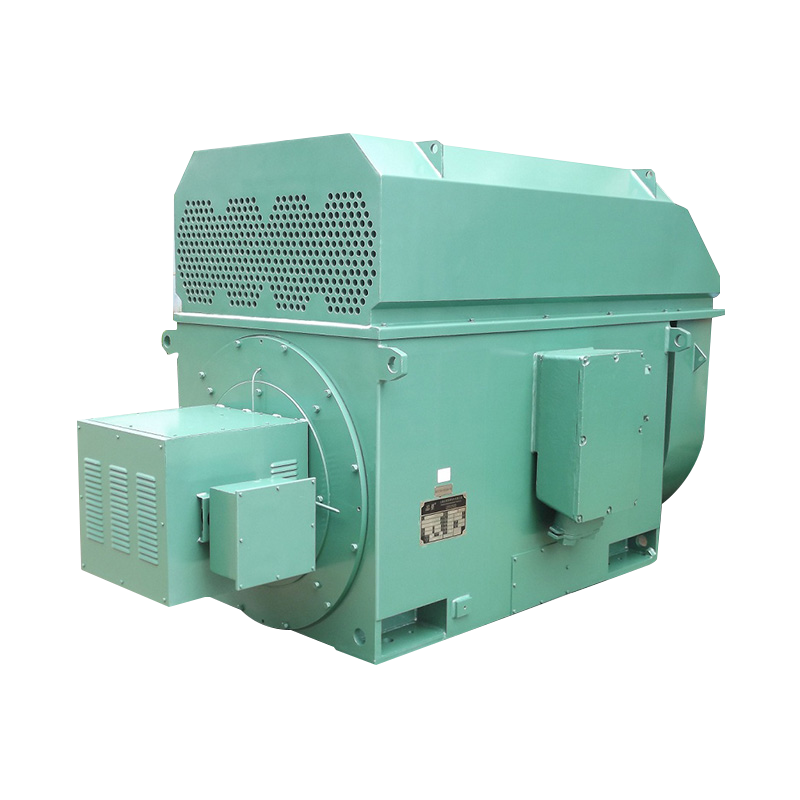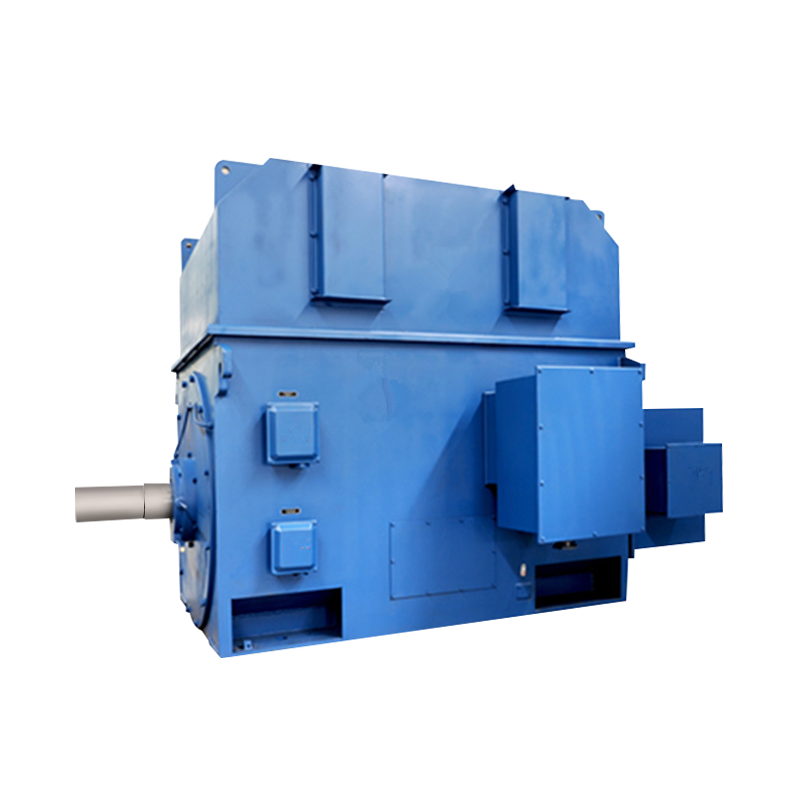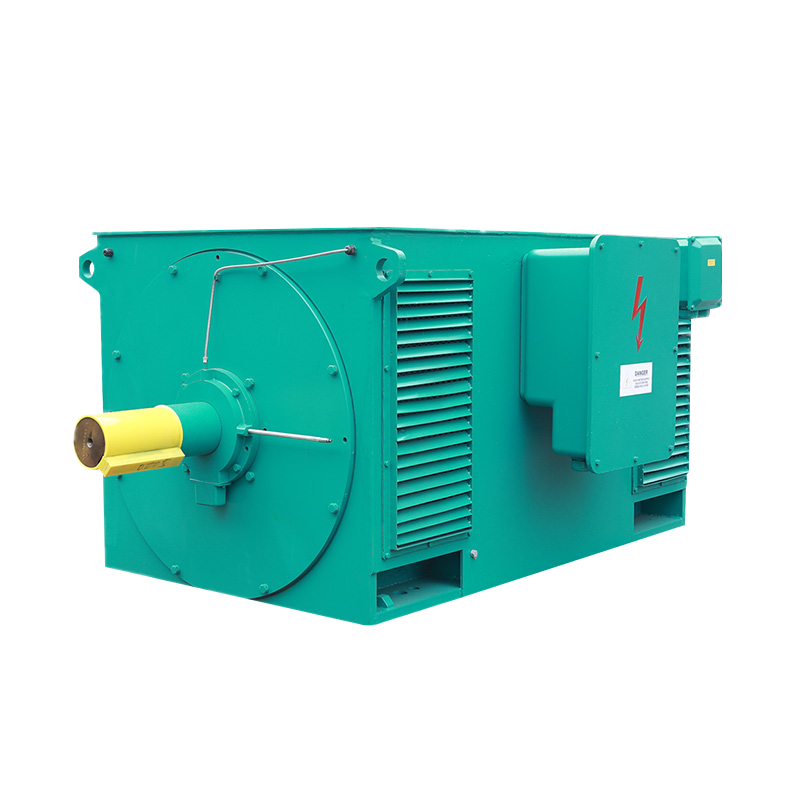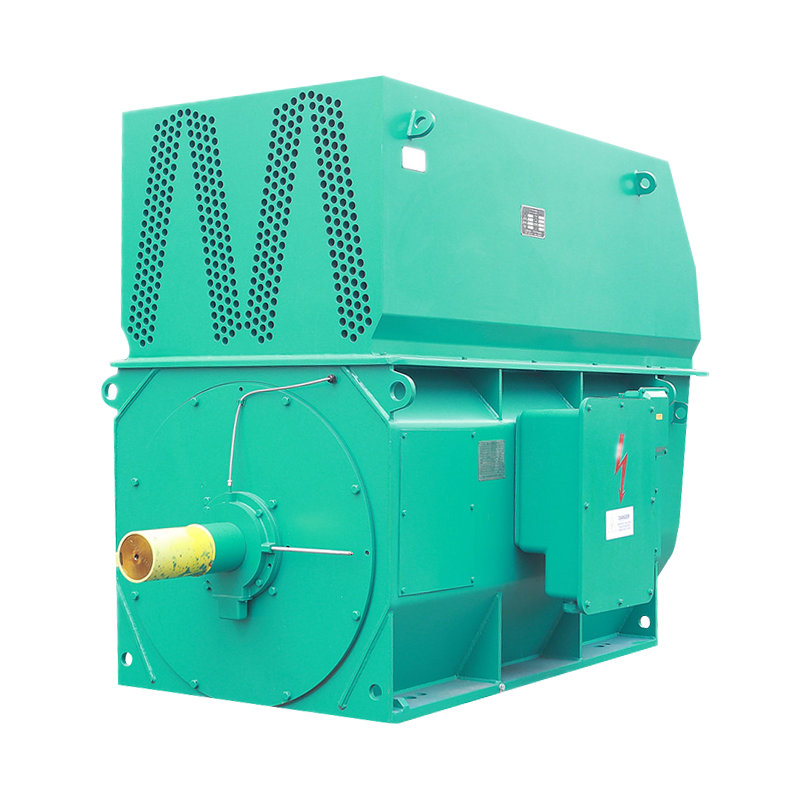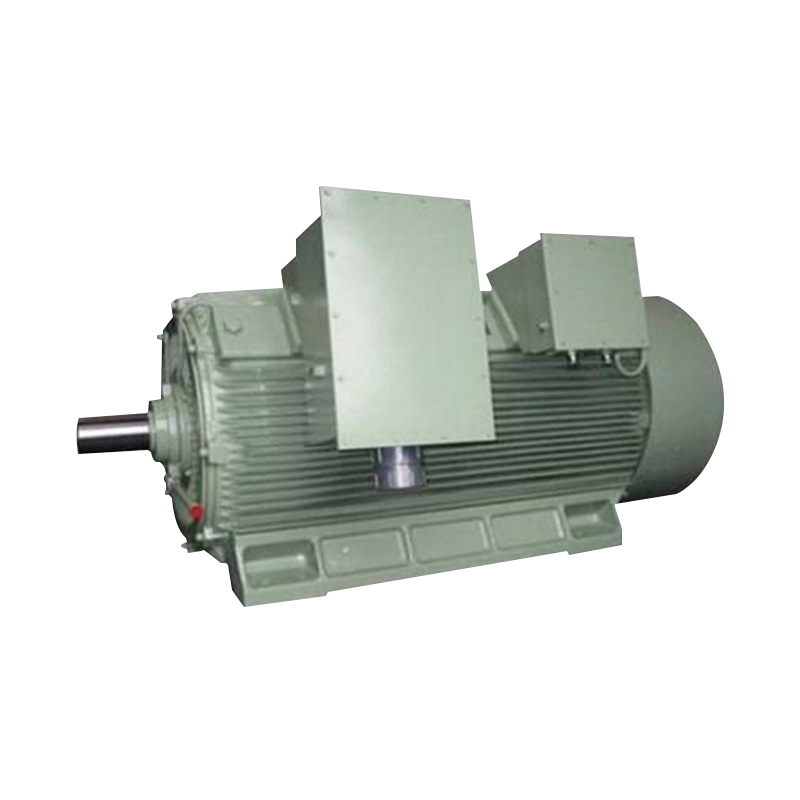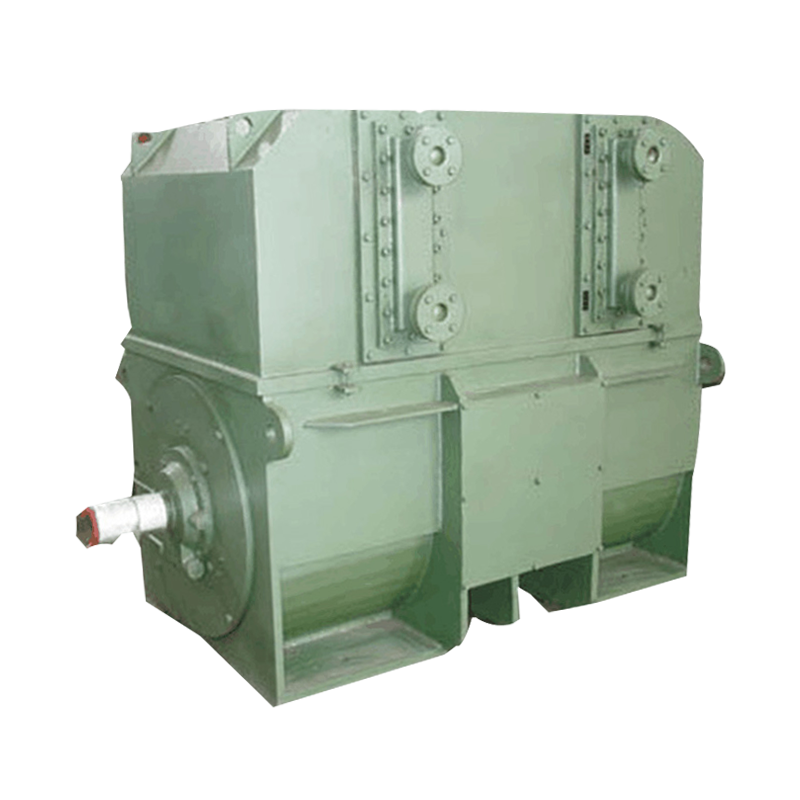In-depth analysis of rated voltage and insulation level and withstand voltage of low-voltage motors
In the vast field of electric drive, low-voltage motors are key power sources, and the stability and reliability of their performance are directly related to the operating efficiency and safety of the entire system. Rated voltage, as one of the basic parameters in motor design and operation, not only directly determines the working voltage range of the motor, but also profoundly affects the insulation level and withstand voltage of the motor, which is the cornerstone for ensuring the long-term stable operation of the motor.
Relationship between rated voltage and insulation level
In short, the rated voltage is the voltage value specified when the motor is designed and can work continuously and stably on it. The selection of this parameter must not only consider the performance characteristics of the motor itself, but also take into account the actual situation of the power grid and possible future changes. The insulation level is a graded expression of the heat resistance of the insulation materials of the motor windings and other electrical components, which is directly related to the safety and reliability of the motor under different working conditions.
With the increase of rated voltage, the voltage stress borne by the motor windings also increases, which requires the insulation materials to have higher heat resistance and electrical strength to ensure that the motor will not be damaged due to insulation breakdown during normal operation and short-term overvoltage. Therefore, low-voltage motors with different rated voltages will have different choices of insulation materials, and materials with higher heat resistance grades are usually used to meet higher voltage requirements.
Safety margin and coping with voltage fluctuations
In addition to meeting the normal working requirements under the rated voltage, the insulation design of the motor also needs to consider abnormal conditions such as voltage fluctuations and overvoltage. The voltage in the power grid is not constant. Affected by various factors such as load changes and system failures, the voltage may fluctuate within a certain range. In addition, transient overvoltages such as lightning and operating overvoltage may also pose a threat to motor insulation.
Therefore, the insulation design of the motor must leave enough safety margin to cope with these potential voltage threats. The size of the safety margin depends on the specific application scenario of the motor, the power grid conditions, and the user's requirements for motor reliability. Through reasonable insulation design and material selection, it can be ensured that the motor can maintain stable insulation performance under voltage fluctuations and overvoltage conditions, thereby ensuring the safe operation of the motor.
The impact of structural design on voltage resistance
In addition to the selection of insulating materials, the structural design of the motor also has an important impact on the voltage resistance. Reasonable structural design can optimize the distribution of the electric field, reduce the phenomenon of partial discharge and electric field concentration, and improve the voltage resistance of the motor. For example, by optimizing the arrangement of windings, increasing the thickness of the insulation layer, or adopting special insulation structures, the voltage resistance level of the motor can be improved to a certain extent.
As one of the important parameters in the design of low-voltage motors, the rated voltage not only determines the working voltage range of the motor, but also profoundly affects the insulation level and voltage resistance of the motor. In the design and manufacturing process of the motor, the requirements of the rated voltage and the actual conditions of the power grid must be fully considered, and the insulation materials and structural design must be reasonably selected to ensure that the motor can maintain stable insulation performance and good voltage resistance under various working conditions. Only in this way can a reliable guarantee be provided for the long-term stable operation of the motor.





 English
English русский
русский Français
Français عربى
عربى
